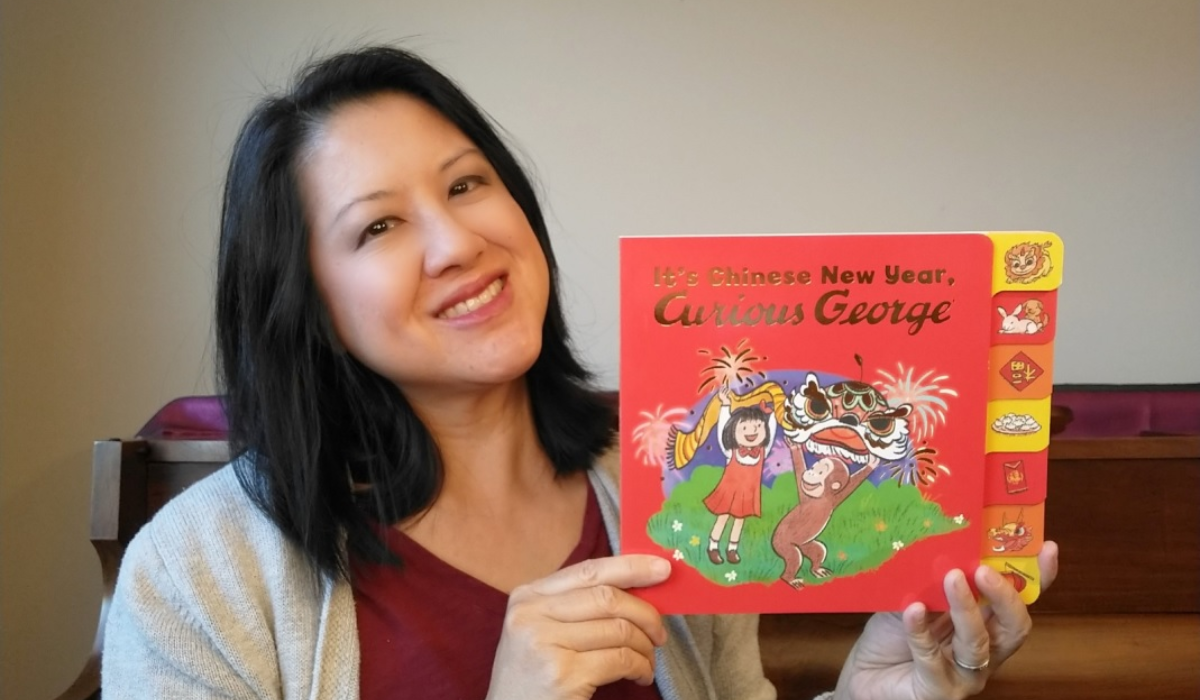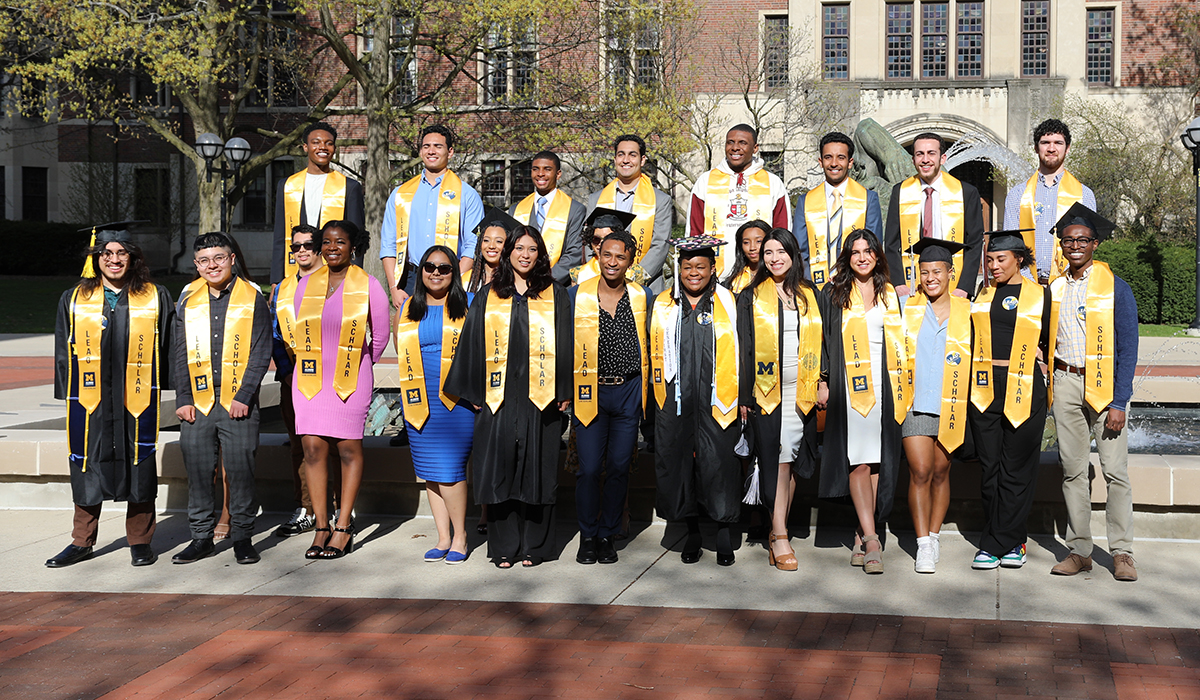Faculty, staff, and students came together for a Diversity Summit from Nov. 4 to 12 as the University began a year-long process to examine the issues of diversity, equity, and inclusion. The summit was the first of its kind in the University’s history and kicks off a five-year planning process.
Among the variety of events were a number of panel discussions — on UM’s diversity history, health equity and inclusion, and how higher education can better make a system-wide commitment to diversity. The highlight was a community assembly with President Mark Schlissel, held at a packed Rackham Auditorium on Nov. 10, with the goal of engaging and listening to audience members. Schlissel began the twohour session by discussing his hope that the University community will take the planning process seriously and help it succeed.
“This is an ongoing, long-term commitment to make our campus environment and community as excellent as it can possibly be … as fair, open, and equitable and diverse as it can possibly be,” Schlissel said. “We need your input and your involvement. There is no more important contribution you can make during your years here as students, or term of employment at the University, than to contribute honestly, aggressively, and openly to this plan.”
Following two videos of interviews with students, professors, and deans about their hopes and suggestions for increasing diversity, Clarence Page, Chicago Tribune columnist and Pulitzer Prize winner, moderated the discussion. One by one, members of the community got up to share their viewpoints. Comments ranged from disappointment in the low percentage of African-American students on campus to concerns about retention among faculty of color to worries that low-income students need more financial support.
But the most pressing issue among participants concerned U-M’s overall diversity. Though Schlissel highlighted the diversity of this year’s entering class of undergraduates, the numbers remain lower than 10 years ago.
Underrepresented minority students are 12.8 percent of the current freshman class of 6,071, the largest percentage since 2005, when it was 13.8 percent. These minorities include African-American, Hispanic, Native American, and Hawaiian students as well as those indicating two or more underrepresented minority groups.
Schlissel drew attention to two new U-M mentoring programs aimed at increasing diversity. The HAIL Scholarship program will target and help high-achieving, low-income students with the application process to U-M. The Wolverine Pathways program will focus on outreach to junior high students, with the goal of making them “college ready” through after-school, weekend, and summer activities. Those accepted to U-M through both programs will receive a full four-year scholarship.
But Schlissel readily acknowledged a stronger strategy is needed. “How do we reach out and identify students across a whole spectrum of society, recognizing each individual has had different advantages and disadvantages and different challenges to meet?”





